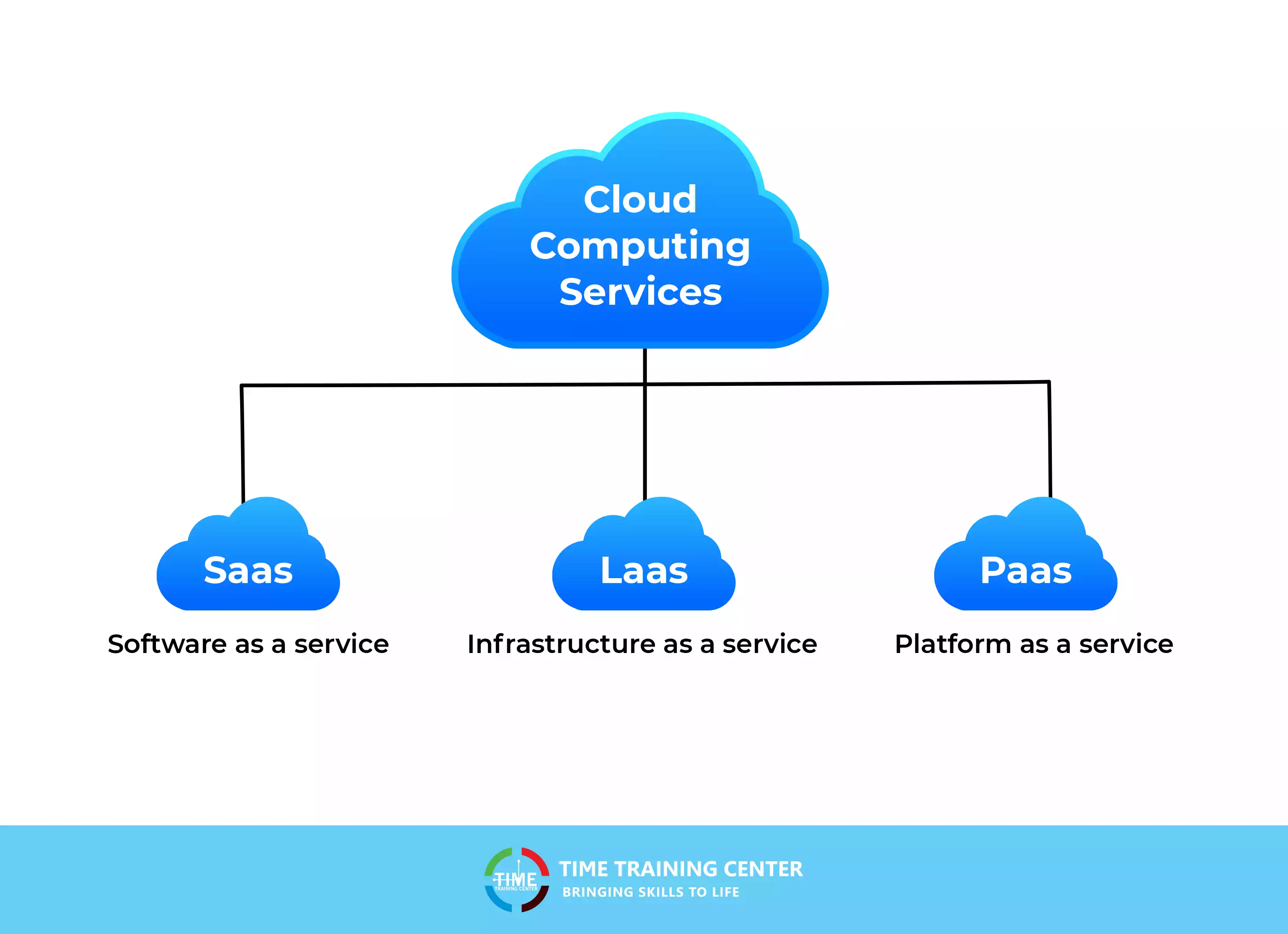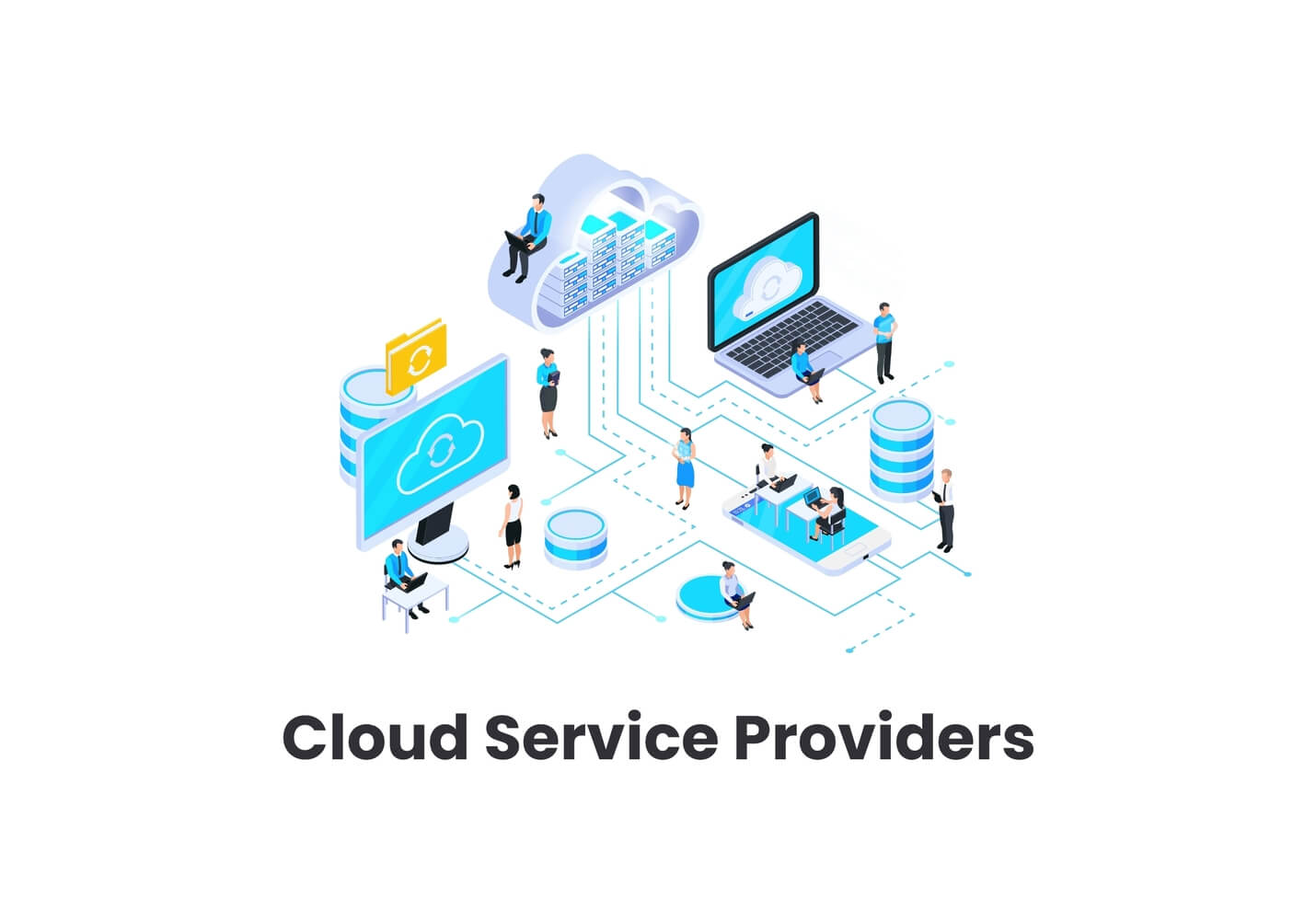Boost Your Organization with Cloud Services: An Overview to Modern Solutions
Boost Your Organization with Cloud Services: An Overview to Modern Solutions
Blog Article
Achieve Seamless Scalability With Cloud Services
In the ever-evolving landscape of cloud services, achieving seamless scalability stands as a foundation for modern organizations seeking to stay versatile and competitive. The ability to easily broaden or contract sources in action to transforming needs is a pivotal benefit in today's hectic digital atmosphere. By grasping the art of scalable cloud solutions, companies can not just maximize performance and streamline operations however also lead the method for future development and advancement. The pursuit for seamless scalability with cloud services reveals a globe of opportunities for those going to accept the transformative power of dynamic source administration.
Benefits of Cloud Scalability
Cloud scalability offers organizations the flexibility to dynamically readjust resources based on demand, making sure ideal efficiency and expense performance. In addition, cloud scalability advertises innovation and trial and error by enabling businesses to quickly evaluate new concepts and scale them as required. Ultimately, the advantages of cloud scalability expand beyond price savings to incorporate better performance, dexterity, and advancement.
Trick Attributes for Scaling
Efficient scaling in cloud services depends on crucial attributes that allow organizations to readjust sources dynamically based on demand. Another vital feature is scalability, allowing systems to manage boosted workload by including sources seamlessly. Overall, these crucial functions jointly encourage organizations to attain smooth scalability in cloud services.
Executing Auto-Scaling Techniques
To effectively enhance source appropriation and adapt to differing workloads, companies need to purposefully execute auto-scaling techniques in their cloud services facilities. Auto-scaling permits systems to automatically readjust the number of calculate resources based on real-time demand. There are different auto-scaling methods that organizations can utilize, such as anticipating scaling, which utilizes historic data to anticipate future source requirements, and reactive scaling, which responds to existing workload modifications.

Ideal Practices for Scalability
For companies intending to improve their scalability in cloud solutions, applying finest methods is crucial for optimum performance and resource monitoring. One trick finest practice is creating applications with a microservices style. This approach breaks down applications into smaller sized, independent services that can be deployed, upgraded, and scaled separately, permitting greater flexibility and scalability.
Another vital method is utilizing containerization innovation, such as Docker or Kubernetes. Containers make it possible for the product packaging of applications and their dependences right into isolated systems, making it much easier to scale elements individually and release them consistently throughout various settings.
Furthermore, executing automated deployment and facilities as code (IaC) can simplify scalability efforts (linkdaddy cloud services). Automation tools like Terraform or Ansible aid in provisioning and managing resources efficiently, reducing hand-operated mistakes and allowing quick scalability
In addition, keeping track of efficiency metrics, establishing alerts, and carrying out more information normal capacity planning are important techniques to ensure proactive scalability management. By adhering to these best practices, companies can accomplish smooth scalability in their cloud services while maximizing performance and resource application.
Tracking Efficiency Metrics
When analyzing the efficiency of cloud services scalability, carefully monitoring performance metrics is essential for ensuring optimum functionality and source appropriation. By continuously tracking crucial efficiency indications (KPIs) such as reaction times, throughput, source, and latency use, companies can obtain useful understandings right into the health and performance of their cloud framework. Keeping an eye on efficiency metrics enables for the very early detection of prospective traffic jams or problems that might Home Page impact scalability, making it possible for positive actions to be required to resolve them prior to they rise.

Final Thought
To conclude, accomplishing seamless scalability with cloud services is important for organizations to maximize performance, enhance innovation, and keep high efficiency degrees during peak times. By leveraging the benefits of cloud scalability, implementing auto-scaling strategies, utilizing vital attributes such as flexibility and automation, and complying with best techniques like application style and performance surveillance, organizations can efficiently scale their systems while making best use of source usage and efficiency.
The mission for smooth scalability with cloud services introduces a world of opportunities for those ready to accept the transformative power of dynamic source administration.
Cloud scalability offers companies the versatility to dynamically adjust sources based on demand, ensuring optimal performance and expense efficiency. An additional vital function is scalability, allowing systems to handle raised workload by adding sources effortlessly.For companies aiming to boost their scalability in cloud solutions, executing ideal methods is critical for ideal performance and source administration.When assessing the efficiency of cloud solutions scalability, carefully monitoring efficiency metrics is vital for ensuring optimal capability and resource allowance.
Report this page